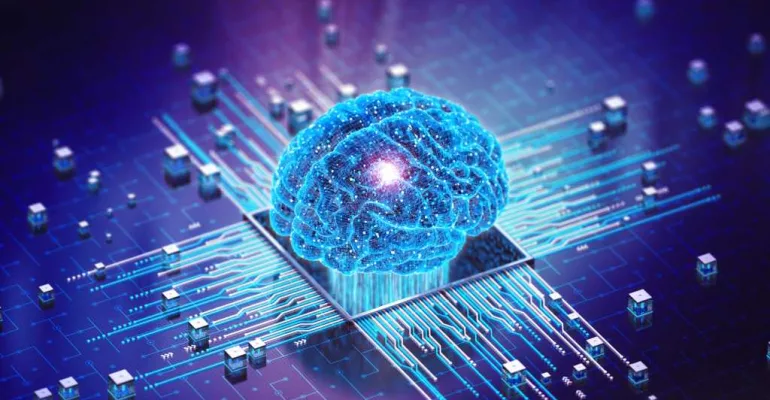Introduction
1. Automated Customer Support: Chatbots and virtual assistants can handle routine inquiries, freeing up human agents to focus on more complex issues.
2. Personalized Interactions: AI can analyze customer data to provide personalized recommendations and responses, enhancing the customer experience.
3. Instant Responses: AI-powered tools can provide instant responses to customer inquiries, reducing wait times and increasing customer satisfaction.
4. Predictive Analytics: AI can analyze customer behavior and trends to predict future needs, allowing businesses to proactively address customer issues.
5. Multilingual Support: AI-powered translation tools can provide support in multiple languages, broadening your customer base.
1. Identify Your Needs: Determine which areas of your customer service could benefit from AI. This could include automating routine inquiries, providing personalized recommendations, or offering multilingual support.
2. Choose the Right Tools: There are many AI-powered tools available for customer service, including chatbots, virtual assistants, and predictive analytics tools. Choose the tools that best meet your needs.
3. Integrate AI with Existing Systems: Ensure that your AI tools are integrated with your existing customer service systems, such as your CRM or helpdesk software.
4. Train Your Team: Ensure that your customer service team is trained on how to use AI tools and how to handle situations where human intervention is needed.
5. Monitor and Adjust: Continuously monitor the performance of your AI tools and make adjustments as needed to improve the customer experience.




